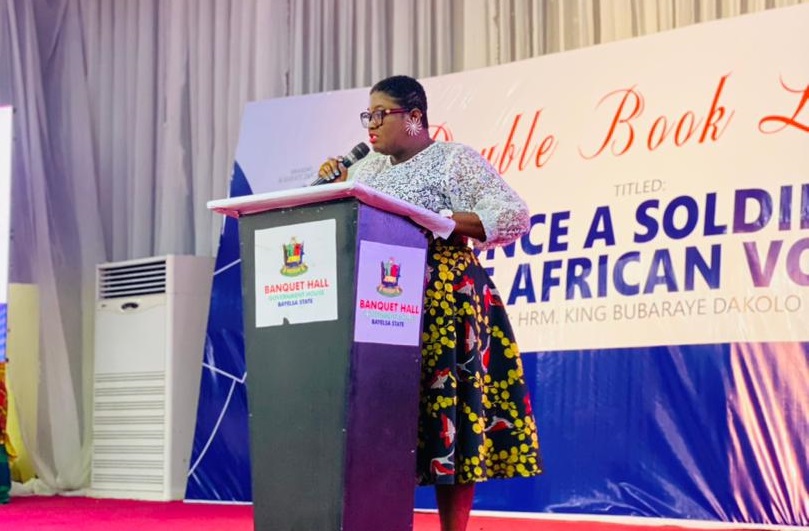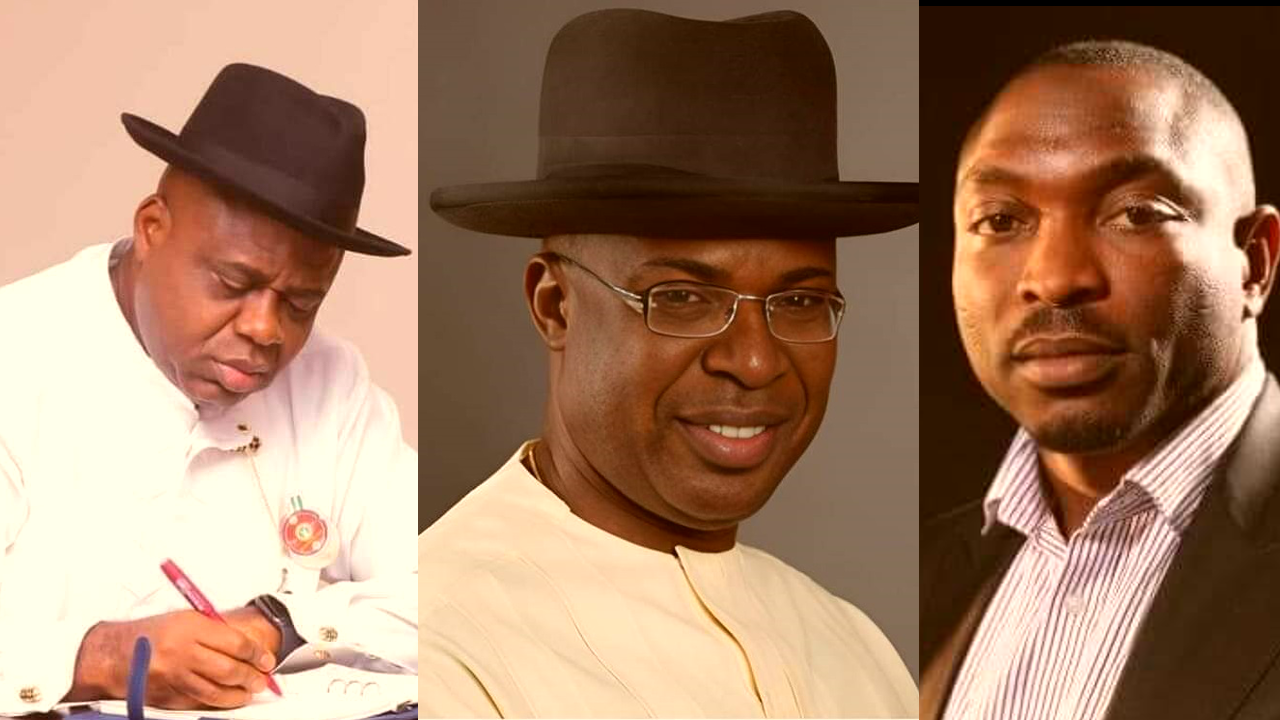
Bayelsa Guber Elections: LGAs’ Electoral Strength And Cash Cows
Etete Enideneze, a public affairs and political analyst writes this article titled Bayelsa Guber Elections: LGAs’ Electoral Strength And Cash Cows.
The current data on voting strength of the eight local government areas indicate that Bayelsa State has 1,056,862 registered voters, as of the last registration exercise done by the Independent Electoral Commission (INEC) before the February and March 2023 general elections.
The voting strength of the eight areas and voters actually turning out to vote for parties and candidates of their choice will be a major determinant of chances of the parties to win the November 11, 2023.
The candidates and 16 political parties vying for the governorship election this year, will battle for votes in the areas having highest number of voters, to outdo their opponents.
Records obtained from the INEC, by this writer, show that out of the figure, Yenagoa Local Government Area (Yelga) has the highest, with 218,294. This is apparently due to its growing indigenous population, physical expansion, influx of non-indigenes and the surge in number of urban residents, especially in the metropolis.
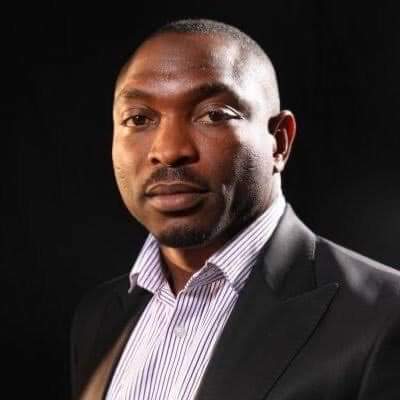
Southern Ijaw Local Government Area (Silga), one of the biggest areas in the state, ranks second with 184,401 registered voters. In the past, Silga had the highest number of electorates in the state.
Sagbama Local Government Area (Salga) ranks third with 138,832 voters, while Ekeremor Local Government Area (Ekelga), another area with high population, places fourth with 137,225 registered voters.
Ogbia has 119,571; Nembe, 99,035; Brass, 94,040 while Kolokuma/Opokuma Local Government has 65,364, respectively.
From the figures, Yelga could be the cash cow which every candidate and party would battle for big votes. Apart from having highest number of electorates, Yelga is where people turn out to vote in elections in larger number than other areas.
This is besides the facts that Yelga usually do “dry voting”, that is, real voting devoid of massive malpractices and large scale violence. The relative normal and peaceful voting in Yenagoa, could be as a result of more focus on polling units by electoral officials, observers and heavy security presence on election days, given its urban status and accessibility to most part of it, via roads.
The large number of non-indigenes who candidates and parties woo for votes, is another reason Yelga is the highest determinant of who wins a statewide election, all things being equal.
Silga and Salga, followed by Ekeremor and Ogbia are the next areas for the 16 parties to “fight” for votes.
Brass, Nembe and Kolga would be places to get top-ups or maintenance of gaps to win the governorship election, given normal elections, devoid of full scale violence and hijacking of electrical materials.
Generally, the number of voters in all the local government areas have increased far more than 1999 when Nigeria returned to democratic rule, apparently due to increase in population, political awareness and computerized biometric voter registration system which have curtailed ghost names hence making the figures more realistic.
The last presidential election, which took place this year, could serve as a yardstick to predict the chances of the candidates and the parties in the forthcoming governorship election in the state. This is because the whole country is one constituency in a presidential election, and serious parties need to show their strength in winning or getting some good votes in every state.
However, presidential election is not a grassroots election, thus might not really attract so much number of votes in a state like Bayelsa, which many voters are in the locales, and might not be keen about who wins presidential election.
Going by data from the last presidential election in the state, Yelga had the highest number of voter turnout of 466769, ahead of Silga that had 24885 actual voters, while Ogbia had 23892 to topple Salga that had 20697 even though Salga is ranking third in number of electorates. Ekelga followed with 18818; Kolga, 17423; Brass, 12404 while Nembe recorded 7731. These actual voter turnout figures, for each of the areas includes voided votes.
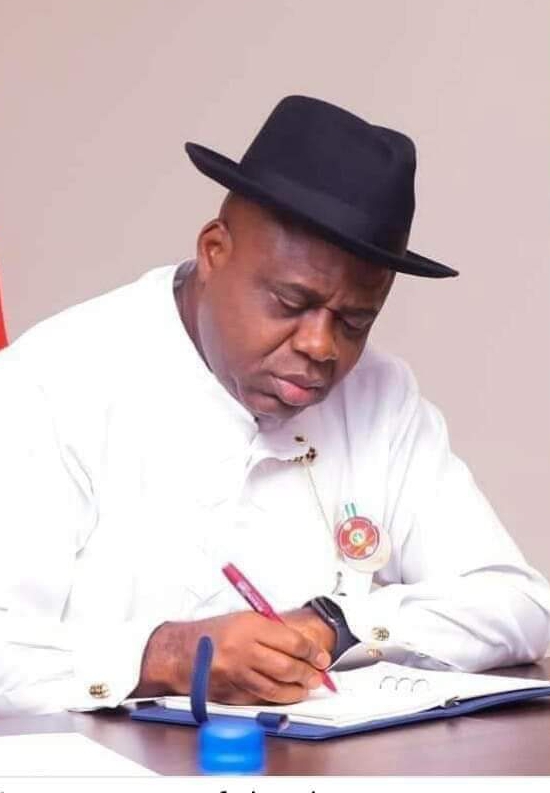
Dissatisfied parties are contesting the last presidential election results at the Presidential Election Petition Tribunal (PEPT), but going by INEC’s data, the Peoples Democratic Party (PDP) won the other parties in Bayelsa State. The All Progressives Congress (APC) and Labour Party (LP) followed it, while Social Democratic Party (SDP), All Progressives Grand Alliance (APGA) and ZLP struggled for fourth position in different areas.
From the data made available to this writer, by INEC, the PDP made huge wins in the last presidential election, in the areas having largest number of electorates, though in Yelga it scored lesser than the LP.
The PDP and LP lost to APC in Ogbia which had been PDP’s fortress since 1999 until the 2015 governorship election when the area split votes with APC.
The areas won by PDP had been its strongholds, just as the whole state was, until recently when the APC and surprisingly the LP’s Third Force made incursions into its (PDP’s) territories in Ogbia and Yelga.
Despite the inroads made by APC into Bayelsa East in recent times, PDP won the last presidential election in Brass and Nembe where it has also weilded influence in previous dispensations.
These show that the voting strength of the local government areas will matter a lot in the November 11 governorship election this year, and the parties/candidates will fiercely scramble for huge-winning votes in the areas having largest number of electorates.
However, given governorship election, being more of grassroots election than presidential election, the voters’ interest, and ethnic sentiments may come to play, even though Bayelsa is a so-called homogenous Ijaw State.
Although new patterns of advanced vote trading mare sincere voting, the degree of voter turnout, given sensitization by partisan and non-partisan individuals and organisations, peaceful election and transparency on the part of INEC will be significant factors to determine who wins Bayelsa’s governorship election this year.
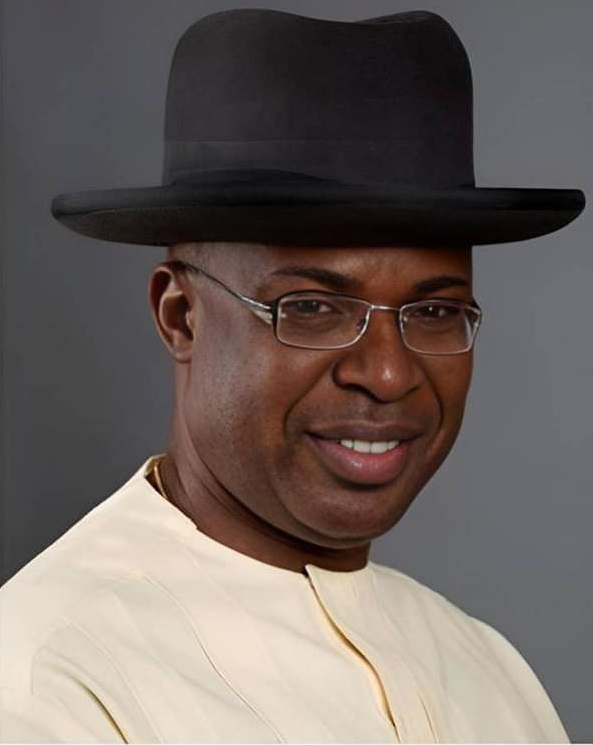
The battle for the coveted seat of governor of Bayelsa State may be among the PDP, APC and LP, all things being equal.
read more:




